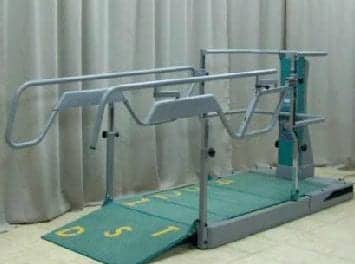
Pausing to remember the 20th anniversary of the Americans with Disabilities Act of 1990 (ADA) necessarily spurs different feelings in its contemplators.
For the person whose independence hinges on essentials such as assistive mobility devices and equipment; therapeutic services; a caregiver; accessibility of buildings, facilities, and fixtures; curb cuts and sidewalk ramps; and accessible routes and public transportation, progress over the last two decades is welcome, if slow to materialize. Each grain of sand sails through the hourglass in slo-mo when you’re waiting.
ADA is not simply an edict, but a call to action, summoning greater independence for those whose mobility hampers their options, and a social compact that would multiply those options. Technological innovations—including Internet sites that link people and spread information—proliferate. There’s incentive; an unmet need.
Great minds from academia and elsewhere have innovative ideas. Progress can continue to unfold if stakeholders—therapy providers, manufacturers, and government agencies—galvanize their resolve and synergize their resources. They need to join forces to make the whole more inclusive than the sum of its parts: win-win for all.
As the customer base for mobility aids grows, witness the buy-in from big business. Many auto companies (Ford, General Motors, and Toyota, to name a few) feature a mobility section on their Web sites. Braun offers vehicle conversions for sought-after Honda and Toyota minivans and a lowered-floor conversion for the three most popular minivans sold in the United States.
An outcome of ADA is potential blurring of the distinction between “us” and “them” (those with a physical disability and the able-bodied, in whichever order). The broad adoption of universal design principles could make this happen.
This is serious business, but there are light moments. To commemorate the anniversary, the Christopher and Dana Reeve Foundation and Life Rolls On hosted a gathering of the wheelchair community at Dodger Stadium in Los Angeles—193 wheelchair users broke the Guinness world record for the most wheelchairs in a moving line. They documented the event with a crane shot, no less. If you missed the story in our newsletter, check it out: www.rehabpub.com/RMN/2010-08-02_09.asp
Tangible progress and camaraderie are under way; here’s to looking forward to the view back 20 years from now.
—JUDY O’ROURKE
ASSOCIATE EDITOR





